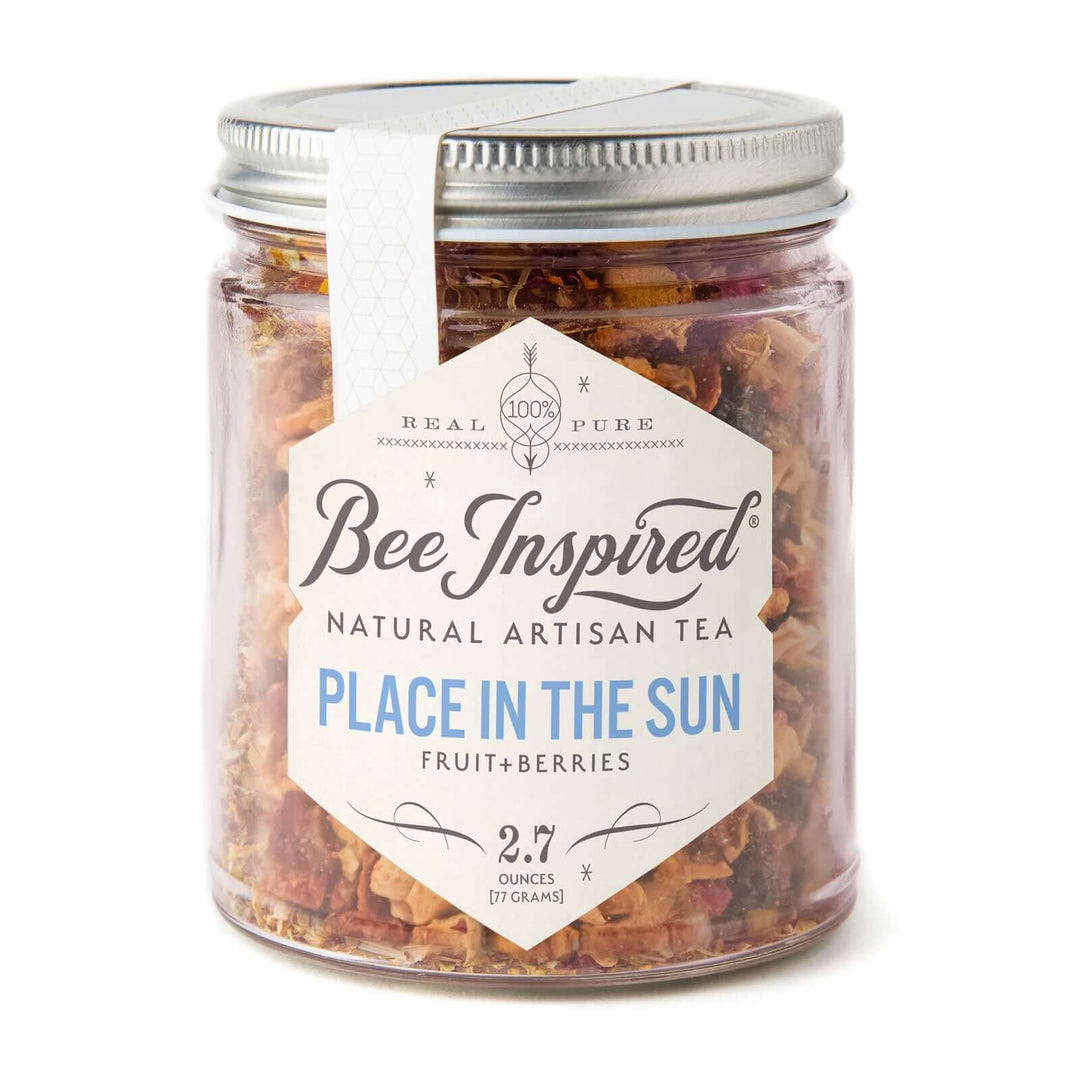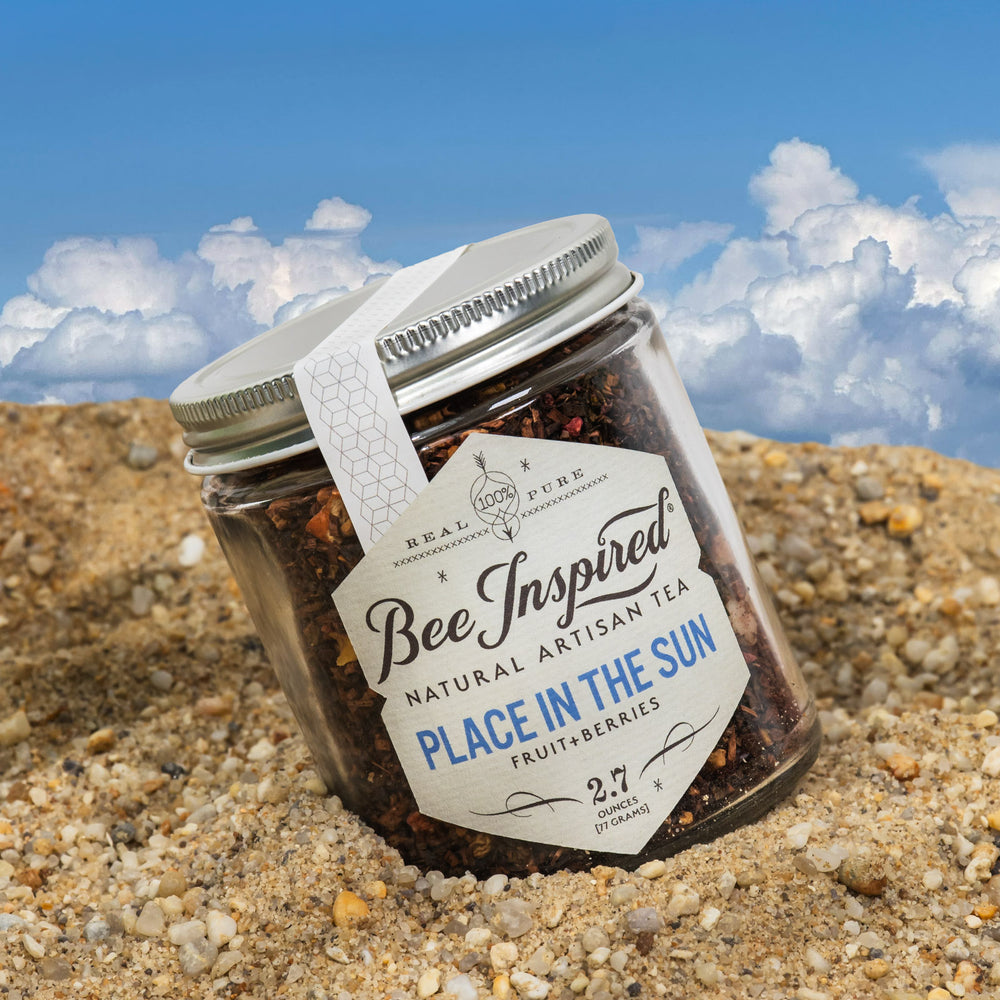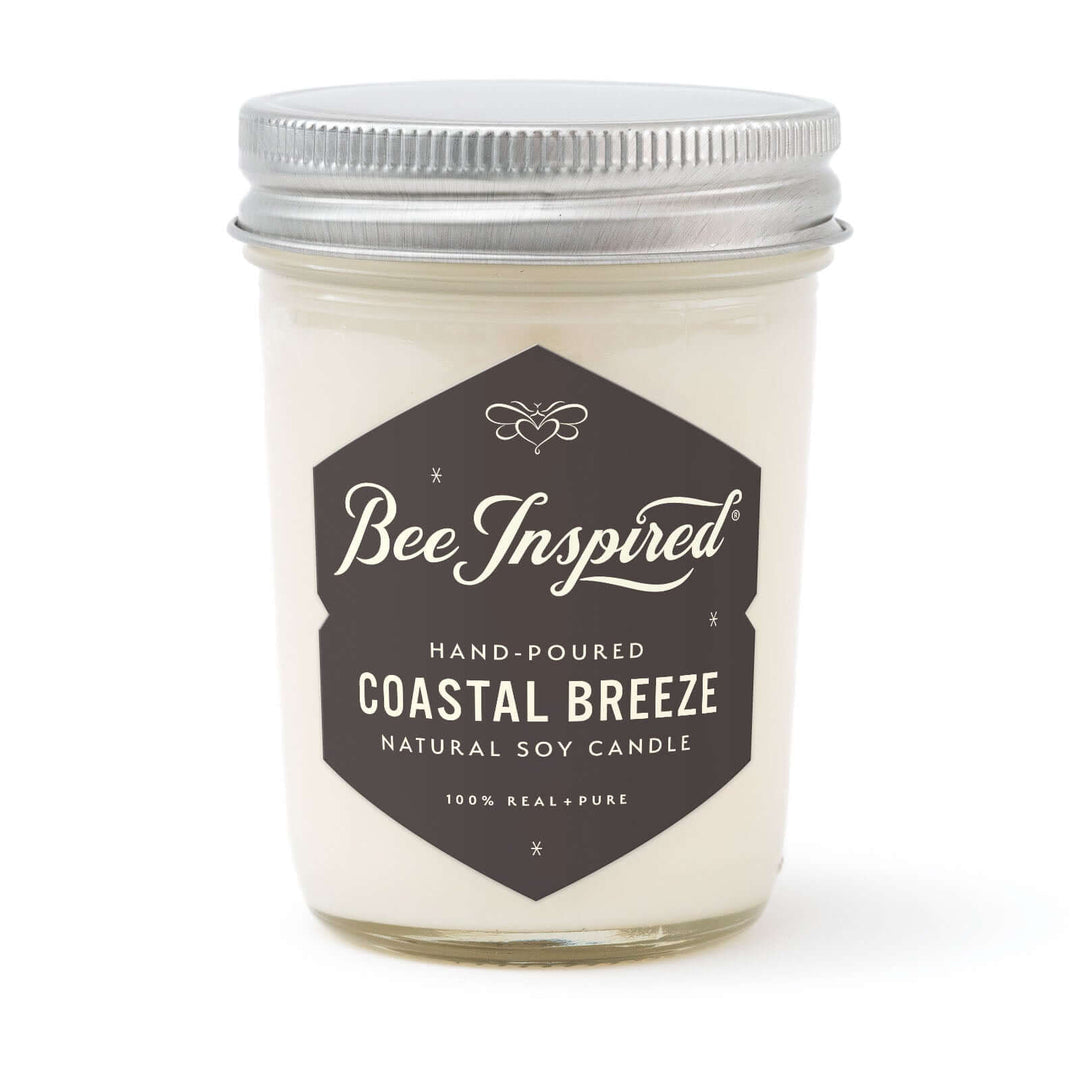Want to learn how to pickle vegetables easily and quickly? Quick pickling is a simple method that uses vinegar, water, and salt to turn fresh vegetables into tangy, delicious pickled vegetables. We also, of course, added honey to this recipe instead of sugar! This guide will walk you through every step, from selecting your veggies to creating the brine and storing your tasty pickles.
Quick Pickled Veggies Are The Way To Go
Quick pickling is the culinary secret you didn't know you needed. This method involves letting your favorite veggies soak in a flavorful brine of vinegar, salt, and water. Unlike traditional pickling, quick pickling doesn't require heating or sterilizing jars, making it perfect for those who want delicious results fast.
Imagine adding a burst of tangy freshness to your salads, sandwiches, and more with minimal effort. From picked carrots to green beans, the possibilities are endless. Let's not forge the addition of fresh herbs and spices to elevate the flavors even further. Let's embark on this flavorful journey together!
Pickling Through Time
Pickling has been an integral part of human history, with roots tracing back nearly 4,000 years, Cleopatra attributed her beauty to pickles, while Julius Caesar fed them to his soldiers for strength. Today, we continue this tradition with a modern twist: quick pickling.
This guide aims to help you master the art of quick pickling, leading you towards fresh and flavorful results every time. Get ready to elevate your culinary game and preserve the bounty of your garden or market finds with ease.
Understanding Quick Pickling
Quick pickling is a simple yet effective way to preserve vegetables using a vinegar, salt, and water brine. Unlike traditional pickling, which can be time-consuming and requires sterilization, quick pickling is fast and doesn't require canning. It allows you to enjoy crisp, tangy pickled veggies in just a few days.
Let's further explore the concept of quick pickling, its benefits, and how it can turn you into a pickling pro.

We know these pickled vegetables would taste AMAZING on fish tacos
What is Quick Pickling?
Quick pickling is a method of preserving vegetables by submerging them in a vinegar, water, and salt solution. This process, which skips the need for canning, develops a deliciously tangy flavor in a short amount of time. Unlike traditional pickling, quick pickling is convenient and adaptable, making it an excellent choice for beginners.
You can use fresh dill, mustard seeds, or any of your favorite seasonings to customize your pickling liquid and create unique flavor profiles.
Benefits of Quick Pickling
The benefits of quick pickling are as plentiful as the veggies you can pickle. It's a convenient and speedy method, ideal for preserving the freshness of summer vegetables. Quick pickled vegetables add a burst of flavor to any meal, from salads to sandwiches, and are ready to eat in just a couple of days. Some benefits of quick pickling include:
- Preserving the freshness of vegetables
- Adding flavor to meals
- Quick and easy process
- Versatile use in various dishes
This method also helps you make the most of surplus garden produce, extending its usability and reducing waste.
Essential Ingredients for Pickling
Creating the perfect quick pickled vegetables starts with the right ingredients. You'll need:
- a variety of vinegar
- spices
- herbs
- a sweetener
Each ingredient plays a crucial role in enhancing the taste and texture of your pickled veggies.
The following discussion will help you understand the essential ingredients, providing you with the know-how to start making quick picked vegetables.
Vinegars
The type of vinegar you choose can significantly influence the flavor of your picked vegetables. Some options include:
- White vinegar: often used for its neutral flavor
- Apple cider vinegar: adds a slightly mellow taste
- White wine vinegar: can impart a slight sweetness, making it perfect for pickling fruits or more delicate vegetables.
For this recipe, we use distilled white vinegar. Feel free to experiment with different vinegars like rice vinegar, balsamic or malt vinegar, or other distilled vinegar to find your preferred flavor profile.

Spices and Herbs
Spices and herbs are the heart and soul of your pickling brine. Some popular choices include:
- Mustard seeds, which add a robust flavor
- Coriander seeds, which bring a citrusy sweetness
- Fresh dill, a classic choice for pickled green beans and dill pickles
- Dried herbs like thyme, rosemary, and oregano, for a deeper flavor
Don't forget to experiment with different combinations to find your favorite flavors.
For this recipe, we'll use a mix of garlic, mustard seeds, and peppercorns to create a well-rounded brine.

Sweeteners
While not always necessary, sweeteners can balance the acidity of your pickling brine. Brown sugar offers a rich, malty flavor, while honey provides natural sweetness. Sugar free maple syrup or agave are also great alternatives to refined sugar.
For this recipe, we'll use Bee Inspired Honey to add a touch of sweetness and enhance the overall flavor of your pickled vegetables.

We enjoyed making this recipe with our Sweet Clover Honey!
Preparing Vegetables for Pickling
Properly preparing your vegetables is crucial for successful pickling. Start by washing them thoroughly to remove any dirt or pesticides. Next, remove any blemishes or bruised areas.
The way you cut your vegetables can also impact the pickling process. We will explore how to select and prepare your vegetables for optimal results.
Choosing Vegetables
Almost any vegetable can be quick pickled, and you can find a recipe for quick pickled vegetables for a variety of options, including:
Freshly picked vegetables should be used within two hours for the the best quality pickles. Choose vegetables that are firm and free of blemishes to ensure they stay crisp during the pickling process.
For this recipe, we'll focus on pickling carrots, cucumbers, radishes, and bell peppers.
Cutting and Slicing Techniques
Proper slicing and cutting techniques are key to even pickling. Here are some tips:
- Slice cucumbers into thin rounds or spears
- Cut carrots into julienne strips or thin coins
- Using a julienne tool can make this process quicker and easier.
Uniform pieces ensure that all your vegetables pickle evenly, resulting in a consistent texture and flavor.

Making the Brine
The brine is the soul of your pickling process. It typically consists of vinegar, water, salt, and sweetener. The basic ratio for a quick pickle brine is to use equal parts of vinegar and water. This mixture provides the ideal balance of acidity and flavor for pickling vegetables.
To make the brine for this recipe, combine the following ingredients in a saucepan over medium heat:
- Distilled white vinegar
- Water
- Honey
- Salt
Bring the mixture to a bio until the salt and honey dissolve. We will navigate you through the process of adding seasonings to your brine and present some exciting flavor variations.
Flavor Variations
Adding different spices and herbs to your brine can create unique and exciting flavors. Some options to consider are:
- Red pepper flakes, which add a spicy kick
- Ginger, which provides a warm, floral bite
- Lemon or lime juice, which can replace some of the vinegar for a citrus twist
For this recipe, we'll use garlic, mustard seeds, and peppercorns, but feel free to experiment with other combinations like ginger-turmeric or orange juice and sherry vinegar. Pairing this recipe with different honey varietals can also switch up the flavor profile, so feel free to experiment with honey pairing!
The Pickling Process
Now that you have your vegetables and brine ready, it's time to start the pickling process. To start, place your preferred sliced vegetables into a mason jar or glass container. This will be the foundation for creating a delicious and refreshing meal. Fill the jar with the prepared vegetables and any flavorings.
Ensure that the vegetables are fully submerged by pouring the hot brine over them. This will help in the preservation process. We will take you step by step through the process to achieve perfectly pickled vegetables.
Heating and Pouring the Brine
To heat the pickling bring, follow these steps:
- Bring the brine to a boil just before using it to maintain its effectiveness.
- Stir the mixture to ensure the salt and honey dissolve completely.
- Add garlic, mustard seeds, and peppercorns to the mix for extra flavor.
- Simmer the mixture for 2 minutes.
Fill each jar with the hot brine, leaving a 1/2 inch space at the top. This helps to ensure that the vegetables are properly preserved. Be sure the vegetables are fully submerged, allowing them to pickle evenly.

Cooling and Storing
After pouring the brine, allow the jars to cool to room temperature before sealing them. One cooled, seal the jars, shake to combine, and refrigerate for at least 24 hours.
For the best flavor, let the quick pickled vegetables marinate for at least 48 hours. This cooling and storing process helps the flavors meld together, creating a delicious and tangy result.
Storing and Using Pickled Vegetables
Proper storage is essential to maintain the freshness of your pickled vegetables. Quick pickled vegetables should be kept in the refrigerator and can last for up to 3 to 4 weeks.
Let's look more into the shelf life of pickled veggies and suggest various innovative culinary uses.
Shelf Life
Quick pickled vegetables typically have a shelf life about 3 to 4 weeks when stored in the fridge. Some can last up to 2 months, but it's important to check for signs of spoilage regularly. Ensure the jars are always sealed well to maximize their freshness.
Remember, since quick pickling doesn't involve canning, refrigeration is crucial for maintaining the quality of quick pickled veggies.
Culinary Uses
Pickled vegetables are incredibly versatile and can add a tangy crunch to a variety of dishes. Here are some ways you can use them:
- Use them in sandwiches, tacos, or salads for a burst of flavor.
- They also make excellent garnishes for cocktails, like a Bloody Mary.
- They can be a unique addition to charcuterie boards.
Experiment with incorporating picked veggies into your favorite recipes to discover new and exciting ways to enjoy them.

Interested in trying this recipe with a charcuterie board? Try pairing honey with your favorite cheeses too! We enjoy pairing cheese with Blueberry Honey
Creative Pickling Ideas
If you're looking to get creative with your pickling, consider exploring unusual vegetables and even fruits. Here are some ideas for pickling unconventional items:
- Watermelon rind
- Radish pods
- Green strawberries
- Pineapple
- Avocado
- Okra
- Cauliflower leaves
These unique pickles will give you surprising and delightful flavors.
Unusual Vegetables
Garlic scapes, cauliflower, and fennel are just a few examples of unusual vegetables that can be pickled for unique flavors. These vegetables can add excitement to your pickling repertoire and provide new taste experiences.
Experiment with different brine recipes to find combinations that you love.
Pickling Fruits
Pickling isn't just for vegetables - fruits can be pickled too! Quick pickled peaches, strawberries, or grapes can add a sweet and tangy touch to desserts and drinks. Use flavored liqueurs in your brine for a creative twist. Pickled fruits can be served on vanilla ice cream, cakes, or even incorporated into cocktails and mocktails for a unique flavor experience.
Troubleshooting Common Issues
Even with the best intentions, pickling can sometimes present challenges. We will assist you in resolving common issues like cloudy brine and soft vegetables, leading to consistently successful pickling endeavors.
Cloudy Brine
A cloudy brine is often caused by using table salt instead of pickling or canning salt. To avoid this, always use pickling salt, which dissolves more cleanly in the brine. If you notice a cloudy appearance or white sediment, check your salt and adjust accordingly.
Soft Vegetables
Maintaining the crispness of pickled vegetables can be challenging. Soft vegetables can result from improper handling or excess heat. Here are some tips to help you keep your pickled vegetables crisp:
- Use pickling cucumbers with thinner skin.
- Soak the cucumbers in ice water before pickling.
- Remove the blossom end of cucumbers, as it contains enzymes that cause softness.
Calcium chloride is also an effective firming agent that can improve texture without compromising safety.
By following these steps, you can ensure that your pickled vegetables stay crisp and delicious.
Start Your Pickling Journey Today
Quick pickling is a delightful and easy way to preserve and enhance the flavors of your favorite vegetables. From understanding the basics to exploring creative ideas, this guide has covered everything you need to know to get started. So grab your fresh veggies, spices, and vinegar, and start your pickling adventure today. You'll be amazed at how a simple jar of pickled vegetables can transform your meals and impress your guests.













